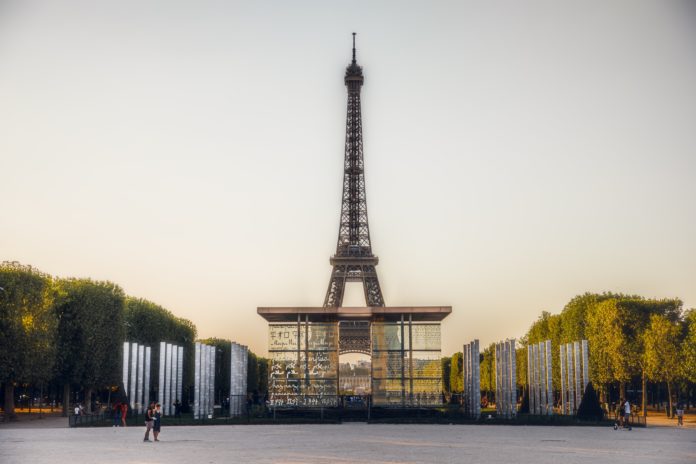Mo Tayadon
Contributing Writer
The city of Paris was rocked by violent confrontations between police officers and firefighters in the closing days of January 2020, the newest development in a series of anti-government protests that have endured since late 2019.
The protests began as a response to a pension reform plan proposed by French President Emanuel Macron. Firefighters lit their protective jackets aflame and laid down in roadways to show their opposition to the government’s plan. As French police closed in around them, brawls erupted between the two factions, with waves of firefighters crashing into columns of officers clad in riot gear.
The Bottom Line met with Manuel Covo, an assistant professor of History at UC Santa Barbara for his analysis on the events unfolding in France. While Covo’s research focus is on the history of the French empire, he has also marched in the ongoing demonstrations in Paris.
Protests refuse to cease
Recalling his own encounter with French police, Covo described their intimidation tactics. “They show their muscle,” he said, recounting the overwhelming number of officers that surrounded the demonstrators, corralling them into areas with few escape routes. Covo noted that this approach has created tension between civilians and the police.
While the newest wave of protests were spurred forth by the proposed pension reform, Covo pointed out an important subtlety: France has another revolutionary movement happening right now, the “Yellow Vest” movement. The Yellow Vest protests began in late 2018 as a response to a gas tax that impacted many French working class people outside of Paris.
The provincial protestors responded by donning yellow safety vests and setting up encampments in public spaces, like the many roundabouts found in French streets. The yellow vests, Covo explained, were a very intentional choice of attire. “It’s a vest that you keep in your car to be seen.”
Broken promises spark outrage across France
Even though the relationship between the French police and the citizenry has been strained, this dynamic is not the sole cause for unrest, Covo says. The unpopularity of the French government has been a major factor, and more specifically, French President Emanuel Macron has been a consistent target for protestors.
According to Covo, the centrist platform that Macron advocated for has moved increasingly towards the right wing, to the dismay of many French voters. Consequently, trade unions and leftist activists have marshaled their resources to resist policies that have weakened their ability to protect workers, immigrants, and members of the LGBTQ community. This disconnect between Macron’s promise and how he has governed has reinforced claims that protestors have made, that the political system no longer represents their interests.
As a result of this dissatisfaction, the protests have been centered around a grassroots movement outside of governmental processes. On one hand, this strategy has helped calibrate the frustration of the French people. On the other hand, Covo explained, these movements have failed to articulate an “end game.” Just as there exists a disconnect between Macron’s promises and his governance, a disconnect exists between the grassroots movement and its goals to radically reform France’s economic and political structures.
Macron appeared in a televised address on December of 2019, offering a number of concessions to the protestors, such as a minimum wage increase. These offers failed to quell the unrest. Covo speculated that Macron’s unwillingness to concede more ground to the protestors may be the result of his political position.
“[Macron’s] really in a bind,” said Covo, “the center right would move away from him and he would have no electoral base.” In spite of these obstacles, Covo believes that the protests have demonstrated that citizens are not helpless in the face of an apathetic government. “It’s a protest fueled by an expectation of certain rights … we can actually do something about it … it’s empowering.”











